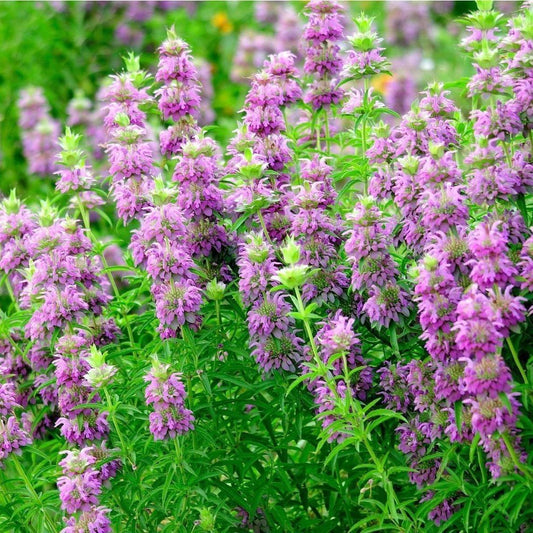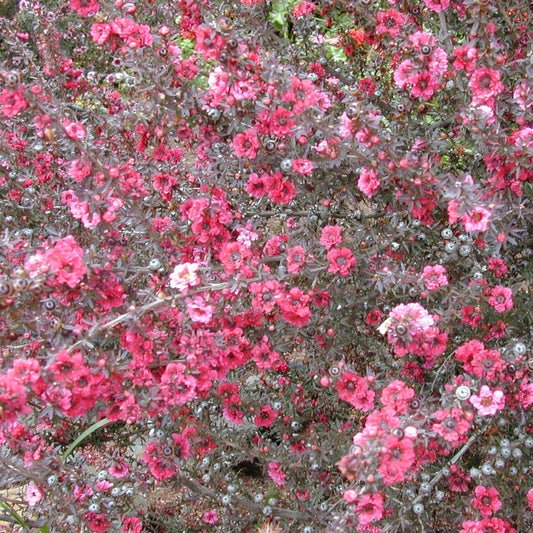About Us
After growing, collecting, purchasing, and saving our own seeds for a few years down here in south Florida, it quickly became apparent that seed saving and heat and humidity do not mix!
In the first few years of seed saving, we would notice our germination rates on our seeds in paper packets would be hit or miss, even just one year after purchase. And if kept for more than a few years? Forget it! Most seeds you find that are more than 3 years old are dead or so weak and sickly that they don't survive. If they do, they lack enough vigor to be productive.
We bought and read a copy of the book Saving Seeds by Marc Rogers. In this authoritative book on the proper methods for long-term seed storage, the author explains all about humidity, temperature, and air flow in terms of seed longevity. They have found that when most seeds are maintained with a moisture percentage no greater than 15%, life expectancy of the seed can be extended exponentially. They went on to discuss how to use air tight glass containers with silicon beads for moisture control and keeping the bottles in the fridge or freezer. So we decided to try this!
Back in 2010, we purchased a large collection of seeds to start ourselves off with from Baker Creek Heirloom Seeds. Some seed we bottled up into small, airtight glass vials with cotton and silica beads, while some others were simply left in their original envelopes that Baker Creek had sent them in. These seeds stayed at room temperature in our home here in south Florida (where our average indoor room temperature hangs around 78°F) for the past 6-7 years untouched. Waiting. Anticipating their day of freedom!
Alas! The day came this last summer, in 2016. As we were finishing the designing of our FrozenSeeds packaging and website, we thought it would be an interesting experiment to see if the book on saving seeds was correct about proper seed saving methods. After trying to germinate the seed stored in the original paper envelope along with its exact duplicate stored inside airtight glass vials with cotton and silica beads the results were simply stunning.
Almost every type of vegetable and fruit seed stored in glass vials had germinated and seemed vigorous and healthy. The seeds in the paper envelopes? Nothing. Kapoot. But I wasn't surprised, I had already noticed this through seed saving year after year. And probably so have you.
For over 200 years, American and foreign seed companies alike have been selling seeds to the end consumer in pretty much the same way they've always done it; In paper envelopes with the plant names on one side and the germination/growing instructions on the other (if you're lucky).
Seeds saved and sold in paper envelopes were and still are the most economical means in which to save and sell seeds. Seeds saved at room temperature in paper envelopes typically last for a year or less, with dramatically reduced germination rates if kept for longer than a couple of years. Seeds saved in paper envelopes for longer than a couple of years often result in extremely weak/sick seedlings that rarely lack the energy and vigor to be worth the effort of trying to nurse them back to good health.
For many decades, seed companies all over the world and seed banks from the smallest to the largest (Svalbard Seed Vault in Norway) have stored and saved their seeds in the exact same way that we offer them to you -in air and water tight glass capsules packed with moisture absorbing silica beads and kept refrigerated or frozen. This seed storage method offers you with the ability to easily save seeds that will provide you with excellent germination rates of 80% and higher, even decades later. Seed saved in seed banks from around the world in the above-described manner have shown amazing germination rates of 80% and higher after 40 years of cold seed storage! Our FrozenSeeds Capsules really work!
We store all of our main stock seed in freezers while we keep our most commonly purchased seeds for daily orders in refrigerators for easy access and for proper condensation/moisture control. Seeds saved in both ways are fully protected from moisture using silica beads in airtight glass containers.
Our seed is both grown and harvested by us and from other seed companies alike. Either way, before we inventory and freeze new seed arrivals and pack and ship them to you, they must go through our rigorous 3 step verification, dehydration and assimilation process.
First, we begin with germination test every variety we purchase to ensure it meets our strict high germination standards of 85% or higher.
The next step is dehydration which involves making sure the moisture content of the seed is at or below 12% before freezing to minimize seed embryo damage while maximizing the length of time the seed can be successfully stored.
After the above steps are completed, we add the new seed variety with silica beads to a glass jar with an air tight lid and place it into the freezer. Here the seeds can stay healthy and happy for many, many years. While being carefully rotated through to ensure always the freshest, most viable seeds are available to you!






![Mexican Pepperleaf Seeds (Piper auritum) [PACKET ONLY]](http://www.frozenseeds.com/cdn/shop/products/89c3a67e-8f23-43f1-b0f2-b3e9834050ec_1.0e7f5725feacc44bcdbbbe481e31f3a1_533x.jpg?v=1525492521)




